This is a sponsored post
On my Waldorf journey, I have met many wonderful people.
Wonderful people who inspire me while we walk a similar path, even while we may walk it a little differently. And some of these wonderful people are Waldorf homeschoolers.
I am fascinated by homeschooling, especially the Waldorf way.
And I have great admiration for those that homeschool. I’ve been wondering though, how do they do it? And how is it different to going to a Waldorf school? And how do families transition from one path to another?
So I asked. And I thought I would share the answers with you.
The person I asked is the lovely Donna Simmons from Christopherus Homeschool Resources. Donna has had a lifelong involvement with Waldorf education. Donna was a Waldorf child herself, who was drawn to Waldorf teaching as an adult. Which led to Waldorf homeschooling with her own children. And from this lifelong experience Christopherus Homeschool Resources was born *smile*
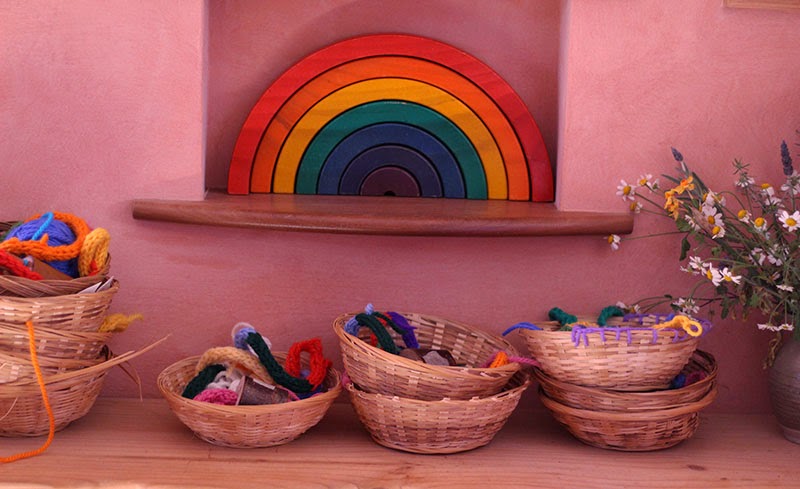
So here we go…
How is the Christopherus curriculum different from that in a Waldorf school?
“On the one hand, Waldorf is what Waldorf is ~ you will find pink play cloths and playstands in the kindergarten….nature tables in the lower school classrooms….lessons such as form drawing, eurythmy and foreign language being taught throughout the grades….animal legends in second grade, Norse myths in 5th grade and Renaissance history in 7th grade.
All Waldorf curriculums basically follow the standard curriculum as set out in the early 1920s when Rudolf Steiner founded the first Waldorf school for the children of the factory workers in Emil Molt’s cigarette factory in Stuttgart Germany. The curriculum is based on clear developmental changes ~ soul changes ~ that each child goes through.
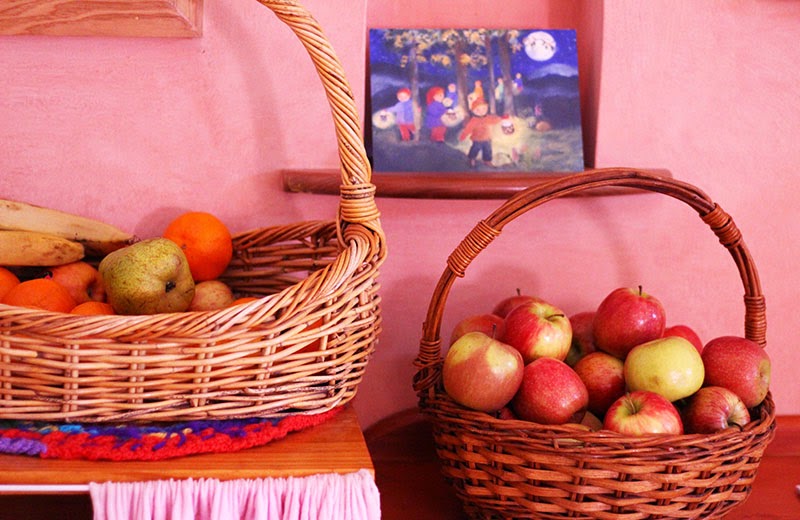
So….then the point is that the teachers – and parent teachers – are challenged to understand why and what the curriculum sets out and then to see how it needs to be adopted to each particular situation.
A Waldorf school in India is going to be clearly a Waldorf school….but it will be different from a Waldorf school in Israel…in Sweden…and in Australia.
Waldorf schools exist in all of those places and the teachers will have creatively adapted and lived into the curriculum so that a Waldorf school in France is not teaching exactly what a Waldorf school in China is teaching. But both will base their methods and their lessons on the living spirit that informs Waldorf education.
(Are you still with me?) Now…this gets a bit more complicated when we look at what is taught in a Waldorf school compared to what is taught by a parent using our curriculum.
On the surface – yes, we generally stick to that very sensible and clearly defined outline which is so meaningfully based on child development as initiated by Rudolf Steiner. But….homeschooling is not school.
And each homeschool is very different depending on a whole host of factors ranging from location to number of children to abilities of the parent….to the needs of the children….and so on. Thus though Christopherus is identifiably Waldorf, it cannot be the exact same as what takes place in a school.
Could Christopherus develop a Southern Hemisphere curriculum?
“I am so pleased that people have asked for such a thing! But….to be true to Waldorf, I can only write from my living experience – and that is purely a Northern Hemisphere thing! As it is, there are plenty of folks in the North who have to struggle a bit to adapt what we have written – people in places like Florida…or Japan….or Mexico….
If I have succeeded in my goal of explaining why the curriculum is set out as it is and what exactly one wants to strive to achieve with particular lessons, then geographical location should not play too much of a part. For our weather blocks, for instance, my hope is to give ideas on how a child can experience the various phenomena of the weather – this will vary for each homeschooling family. The same is so with geology.
Where it can get tricky is with geography – but hopefully, parents will be able to see the reasons behind my examples and then find the right experiences for their children. Local history and cooking – also botany – can be challenging. But again, my sincere hope is that I have adequately explained why we do what we do and then given inspiring examples that are rooted in my experience – not coldly abstract and overly general – so that parents – wherever they are – can take them to heart and then out of their own inner creativity, create the right lessons for their children.
How can families move from mainstream education to Waldorf homeschooling?
“The single most important factor here is the attitude of the parents. If the parents think that this is the best thing for their child and are willing to learn as much as they can about this new world that they are entering, then the children will be fine.
As much as possible, the homelife needs to enrich and support what one is doing ‘in schooltime’ (which, as one becomes more and more a homeschool veteran, becomes less and less separate from other areas of life). Careful consideration of the role of media, computers and handheld devices needs to be undertaken by the parents.
A life that is formed rhythmically, with clear boundaries, and with emphasis on unstructured creative play (hopefully much of it outdoors), artistic activity, storytelling and so on….if these things are of value to the family as a whole, then one stands a good chance of embracing Waldorf education in a suitable and healthy fashion!
The older the children are, the more they have to be on board. From about age 12, it is well nigh impossible if the parents want to homeschool but the child does not. It could be though that you are able, with firm loving kindness, to help your child see how important this choice is.
To help families considering making this change I have shared ideas in my audio talk ‘Transitioning to Waldorf‘ which could be helpful.
I’ve sat with these answers for some time, pondering them, and what they mean for us. And now I thought I would share this wisdom *smile*
What questions do you have about Waldorf homeschooling?
Blessings, Kelly

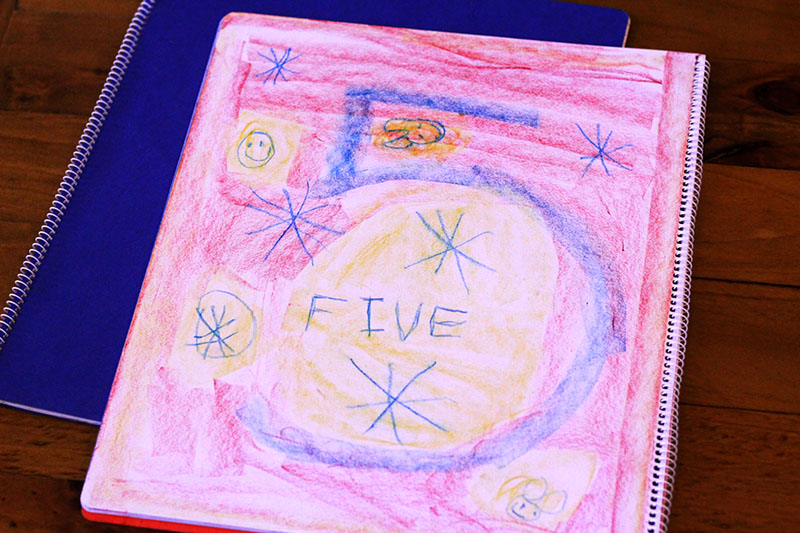


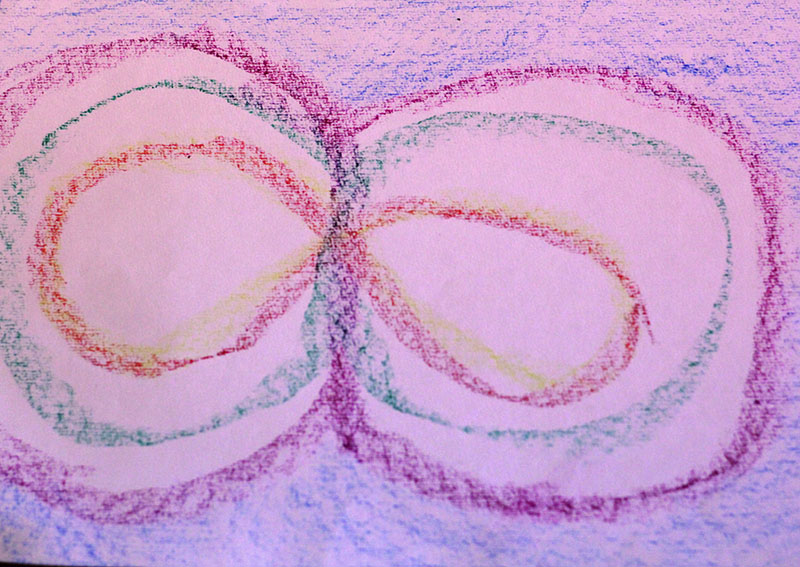
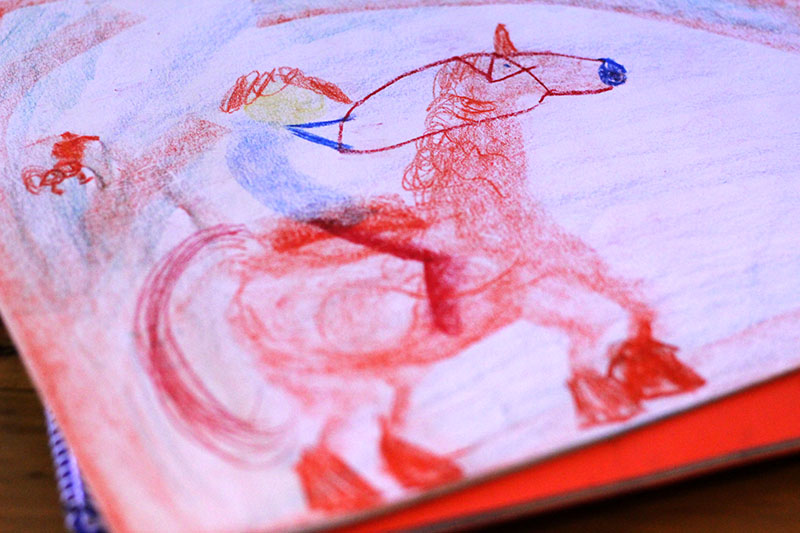
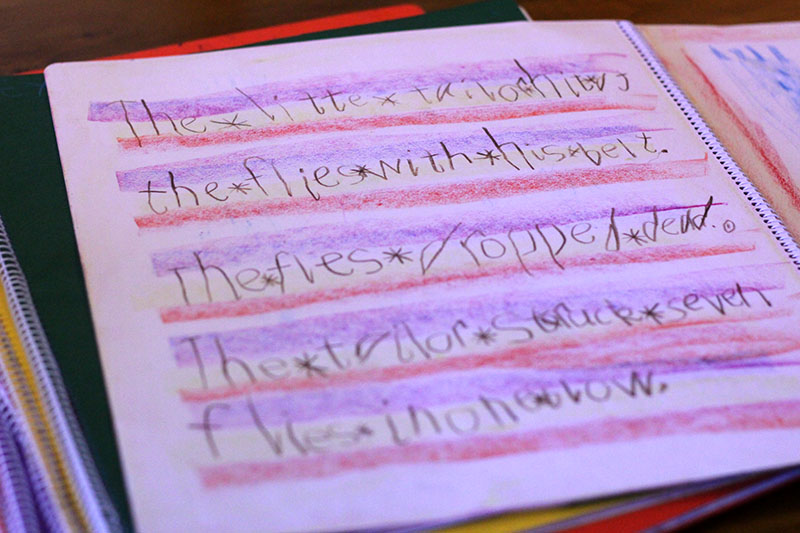

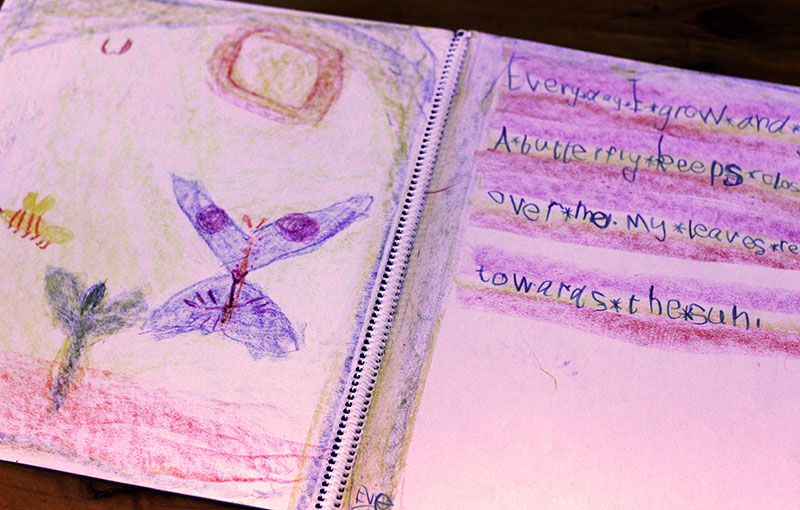

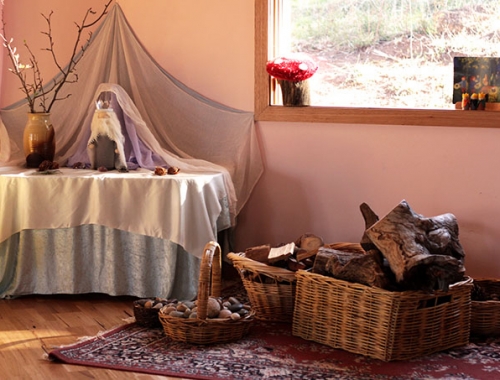
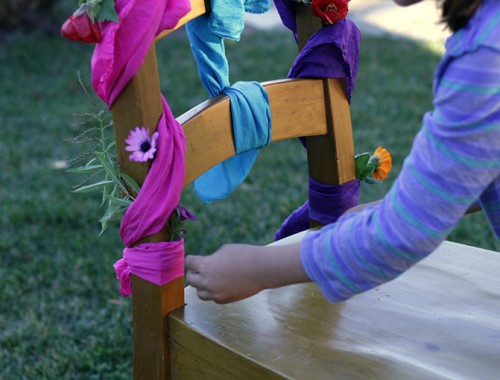
5 Comments
Homeschooling has always fascinated me too, and so does the waldorf philosophy so this has been very interesting to read
Thanks Kate, I’m rather tempted by homeschooling, and think if it were to be our path a Waldorf approach would be it 🙂
a fascinating insight! thanks so much for sharing – looks like a beautiful curriculum for homeschooling
It is fascinating isn’t it! I love hearing about how people homeschool 🙂
We used Christopherus before we came to a Waldorf school and I will be using it again!! We made it our own but it was a huge springboard for us, it was excellent!